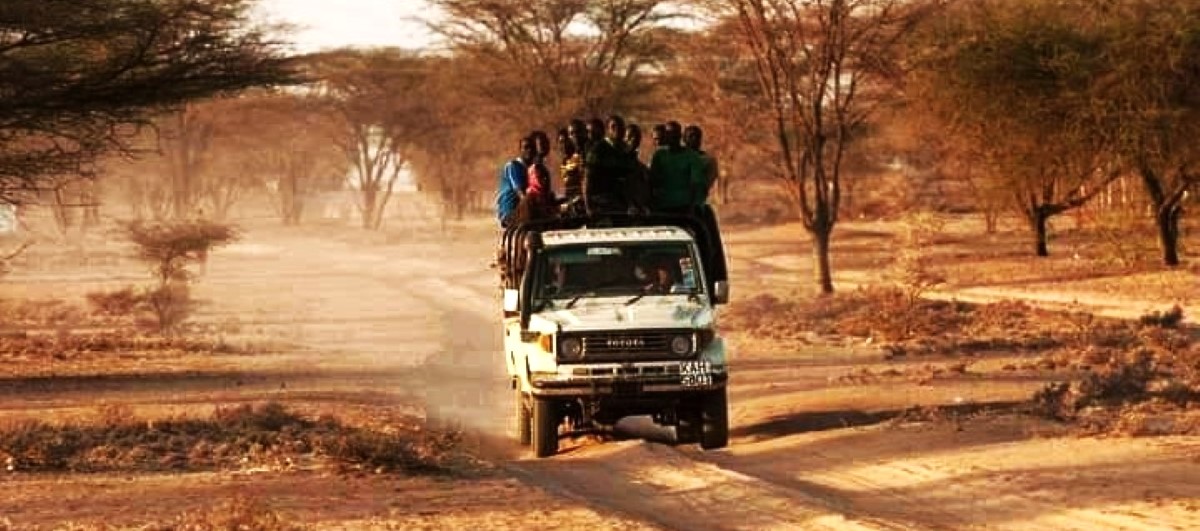By Edwin Louwa
In northern Kenya, transportation is a far cry from the smooth, well-developed roads found in the more urbanized regions of the country that are mostly found in the South.
The art of traveling on these parts of Kenya requires careful planning due to the rough and unconditioned roads.
Failure to make proper arrangements before the journey can lead to significant challenges and potential dangers.
The primary modes of transport in northern Kenya are mid-sized lorries, often Mitsubishi Fuso vehicles and four-wheel drive trucks, especially the Toyota Land cruisers.
These trucks seem to be better suited for the dusty and gravel desert roads.
These vehicles are often the only means of navigating the harsh terrains.
Boarding a lorry can be an adventure in itself. Climbing on the rear is similar to scaling a steep corrugated rocky mountain.
These lorries or Fusos often also carry cattle, and other types of livestock with passengers being forced to sit on the “angle line,” a precarious position on the edge of the lorry.
Passengers must stay alert and beware of overhanging trees that can hit and sweep people off the lorry or give them a through beating as the truck passes beneath the canopies.
The driver will honk the horn to warn passengers, but ultimately, individuals are responsible for their own safety.
Traveling in a Toyota Land Cruiser and occasionally Land-Rover is not much different.

These vehicles are usually overloaded, with the “angle line” and seats inside always full, crumpled and forcing passengers to almost crouch.
Passengers must brace themselves for a bumpy ride and navigate the crowded space as best as they can.
Despite these challenges, the people of northern Kenya adapt to these conditions with resilience and resourcefulness.
Their ability to navigate these rough roads and challenging modes of transport is a testament to their strength and determination.
In summary, transportation in northern Kenya is a unique experience that requires careful planning, vigilance, and adaptability not to forget the nerves of steel.
While it may not be as smooth or comfortable as in other parts of the country, it is a vital lifeline for the people living in these sun-scorched, windswept parts of East Africa.



